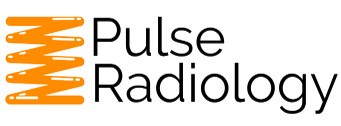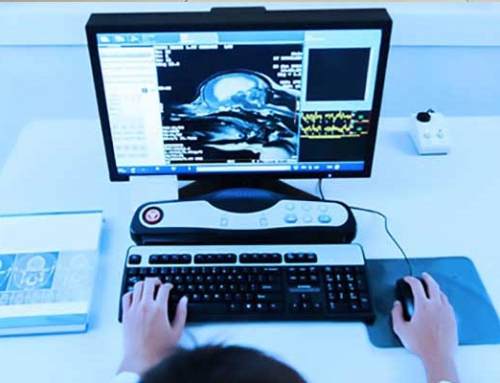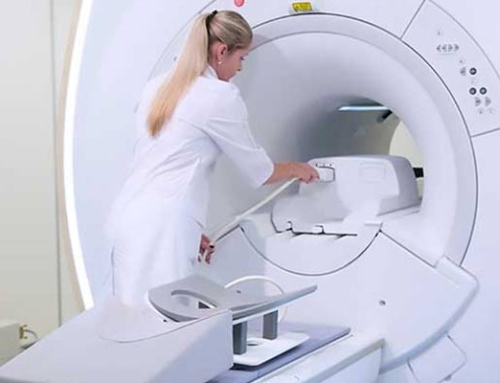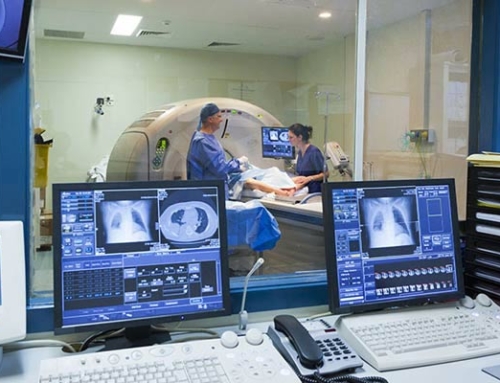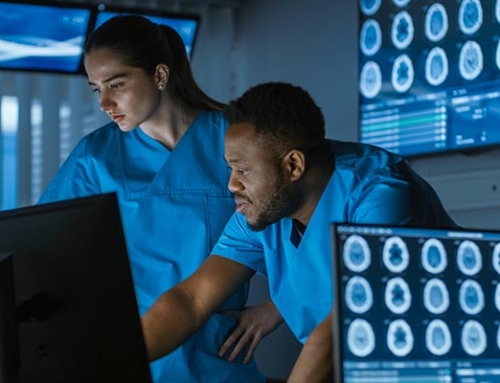Nervousness, Excitement & Euphoria
We have all been there…you see the light at the end of the tunnel but still have this steep battle that you need to prepare for. Let us be the first to tell you that any feeling you have, whether it be nervousness or excitement, is natural. The solution? Confidence. The ARRT Radiography registry is a hard exam, but you have been preparing for almost 24 months – we tell this to our students in our MRI programs. The feelings running through your head will be well worth it all when you pass.
What’s Next? Online MRI Programs? Sharpening your skills?
Data is showing that newly certified radiologic technologists are flocking to MRI programs and other post-primary pathways to advance in their careers within their first year of certification. Radiologic technologists go on to say, “why not? I am still in school mode. If I don’t do it now, I may never go back”. 54% of radiologic technologists in 2018 have either actively engaged in earning their next credential or researched the idea.
MRI Paving The Way
We hear it all the time, “there are magnets going up on every corner!”. There is no lie that MRI scanners are being purchased and installed at a rapid rate due to their superior diagnostic ability. Bone? check. Nerves? check. Soft tissue? Check. MRI is being used to evaluate breast health through MR breast biopsies, cancer through MRI-guided radiation therapy, and musculoskeletal conditions through cartilage mapping.
Structured Education Programs
As a newly certified radiologic technologist, the ARRT post-primary pathway is the route needed to pursue your MRI credential. As of January 1, 2017, any radiologic technologist looking to advance into another credential must attend an ARRT-approved Structured Education program. The program needs to hold a minimum of 16 CE credits with specific topic requirements to be eligible for approval.
The key is to remember that all Structured Education programs are not created equally. For example, as MRI constantly evolves year after year, new additions are added to the modality. It is important to find a comprehensive, robust and up-to-date structured education program – such as Pulse Radiology. Pulse Radiology provides a step-by-step, modular approach to learning and is completely online and ARRT-approved.
The Importance of Clinical Training
Great – I completed my ARRT Structured Education requirement. Can I sit for my MRI registry now? No. The ARRT outlines eligibility requirements for completing your structured education, MRI safety requirement, and clinical requirements. As a post-primary student, you must clearly scan, document, and provide verification that you completed 125 clinical cases in a specific case-based style.
Clinical Training is a vital piece to the certification puzzle and needs to be completed practically and on-site. Pulse Radiology is the only program that offers clinical training through its affiliate network of clinical partners. This allows ARRT radiologic technologists, ARDMS sonographers, NMTCB technologists, and radiation therapists to participate in an MRI program and complete clinical requirements.
There is More to Come…
Now that you have passed your ARRT Radiography registry, you have the ability to decide to sharpen your skills or advance into another modality straight out of the gate. There are MRI programs available to you once you receive that R.T.(R) (ARRT). Welcome to the field of radiology!
More Info Related to MRI Training

